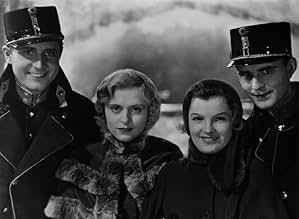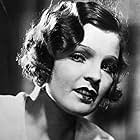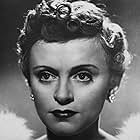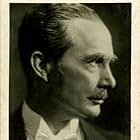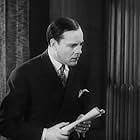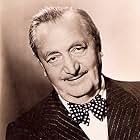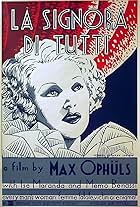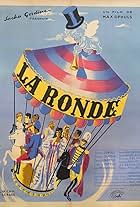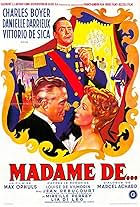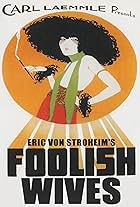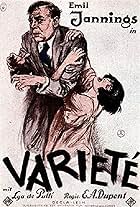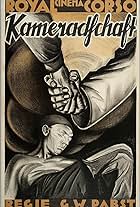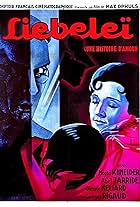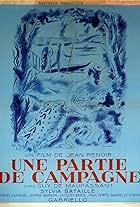Little credit is given to the select few prominent film directors who have had previous experience as stage directors before trying their hand in cinema. Despite the seemingly wide gap between the two performing arts, German director Maximillian Oppenheimer, more commonly known as Max Ophuls, demonstrated live stage direction can be invaluable as he proved in his third feature film, March 1933's "Liebelei" ("Playing at Love" in English).
Stage directors have their hands in all the things associated with their live productions, from handling the actors, to the design and placements of the sets, and by creating visual excitement that spark and excite the interest of the viewers. Ophuls transferred his stage experience by setting up his scenes in film to wring out the last bit of emotion and poignancy of his characters. The German began as a theater director in 1923 and handled a number of productions before he dipped his toe in film in 1931, directing a comedy short. Three features later, "Liebelei" is cited as Ophuls' best German movie before he skedaddled when Adolf Hitler's Jewish persecutions happened soon after its release. Ophuls first went to France, and then to the United States in 1940 when the Nazis headed west.
In "Liebelie," Ophuls' camera movements and set ups are so fluid that it doesn't look like it was adapted from an Arthur Schnitzier 1895 play of the same name. Its plot has an Austrian Army lieutenant, Fritz Lobheimer (Wolfgang Liebeneiner), breaking off an illicit affair with a Baroness. He then meets the love of his life, Christine Weyring (Magda Schnieder), while he and a friend are carousing in a tavern. The love scenes are tastefully done with exceptional beauty: their courtship on a sled riding on freshly fallen snow, their walks through the Vienna streets, and their passionate waltz in a cafe. Fritz's past indiscretions are discovered by the Baroness' husband, who challenges the officer to a duel. "Liebelei" presages Ophuls' later works in the early 1950s, with his use of music and his spiritualness. Film critic Andrew Sarris wrote "I love this film for both itself and its intimations of an Ophulsian style to emerge."
German actress Magda Schneider as Christine was active in cnama beginning in 1930 and continuing through the late 1950s. During World War Two she lived in the Bavarian Alps in Obersalzberg near the high mountain retreat of Hitler's. She had been a guest of the Furher, who told her she was his favorite actress. Her daughter Romy became an actress who reprised her role as Christine in the 1958 remake of "Liebelei" in 'Christine.'


